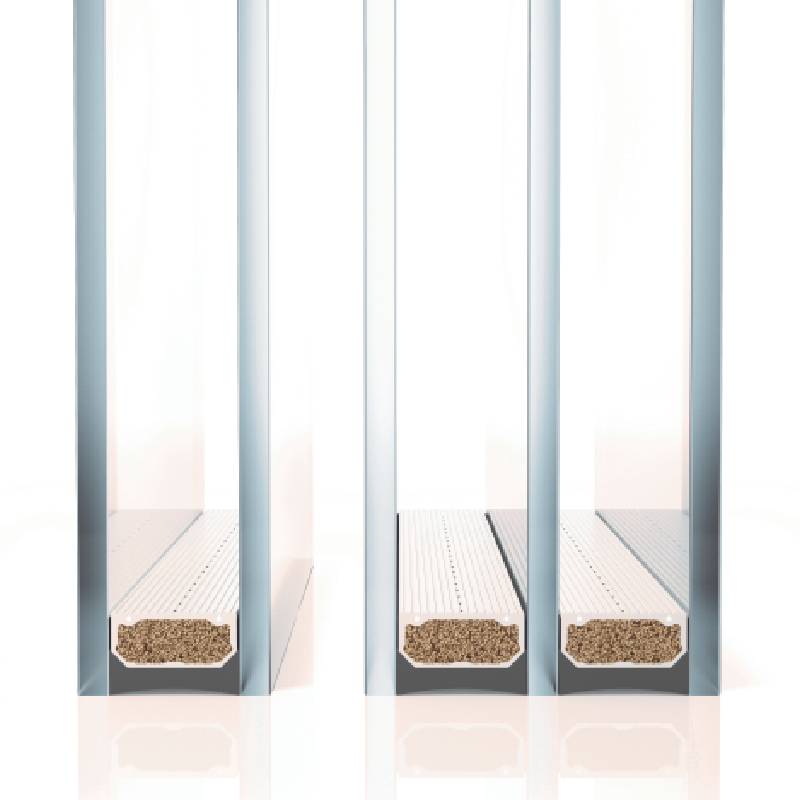

Understanding 4mm Low-E Glass A Modern Solution for Energy Efficiency
In today’s world, where energy conservation has become a priority, the building and construction industry is continually seeking innovative materials that combine performance with sustainability. One such material that has gained significant popularity is 4mm Low-E (low emissivity) glass. This article explores the characteristics, benefits, and applications of this high-performance glass, shedding light on why it is a preferred choice for architects, builders, and homeowners alike.
What is Low-E Glass?
Low-E glass is a type of energy-efficient glass that has been treated with a special coating designed to minimize the amount of infrared and ultraviolet light that passes through it without compromising the amount of natural light that enters a building. This coating serves to reflect heat, making it particularly effective in both hot and cold climates. The low emissivity refers to the glass’s ability to emit heat; in essence, it helps maintain a stable indoor temperature, thereby reducing reliance on heating and cooling systems.
Characteristics of 4mm Low-E Glass
The thickness of 4mm Low-E glass makes it an ideal choice for various applications, striking a balance between strength, weight, and thermal efficiency. This specific thickness provides adequate insulation while ensuring that the glass remains light enough for easy handling and installation. The Low-E coating can be applied to one or two sides of the glass, depending on the desired level of performance.
Moreover, 4mm Low-E glass is available in different types, including soft coat and hard coat. Soft coat Low-E glass is coated in a controlled environment, resulting in better thermal performance but is more delicate. Conversely, hard coat Low-E glass is more robust and can be used in a wider range of applications but typically offers slightly lower energy efficiency.
Benefits of Using 4mm Low-E Glass
1. Energy Efficiency The primary benefit of 4mm Low-E glass is its exceptional energy-saving properties. By reflecting heat back into the building during the winter and minimizing heat gain during the summer, this glass can significantly decrease heating and cooling costs.

2. UV Protection The Low-E coating also reduces UV exposure, protecting indoor furnishings, flooring, and artwork from fading due to sunlight. This durability helps maintain the aesthetic quality and longevity of interior spaces.
3. Comfort The insulation offered by Low-E glass helps regulate indoor temperatures, creating a more comfortable living or working environment. This can lead to enhanced productivity and overall well-being for occupants.
4. Sound Reduction While primarily known for its thermal properties, 4mm Low-E glass can also contribute to sound insulation. This is especially beneficial in urban environments or noisy areas, providing a quieter indoor atmosphere.
5. Aesthetic Appeal 4mm Low-E glass is clear and allows for ample natural light to enter without the excessive glare often associated with regular glass. This feature enhances the overall aesthetics of a space and contributes to a healthier indoor environment.
Applications of 4mm Low-E Glass
Given its numerous advantages, 4mm Low-E glass is employed in various applications, from residential homes to commercial buildings. It is commonly used in windows, glass facades, and skylights, where maximizing natural light while controlling temperature is essential. The glass is also integrated into curtain wall systems, enhancing the building's overall energy efficiency while providing an elegant appearance.
Conclusion
In conclusion, 4mm Low-E glass stands out as a modern solution for enhancing energy efficiency in buildings. Its unique properties make it an excellent choice for those looking to reduce energy consumption while enjoying the benefits of natural light and aesthetic beauty. As the demand for sustainable and energy-efficient products continues to grow, the adoption of Low-E glass is likely to increase, paving the way for more environmentally friendly construction practices. Whether in residential settings or large commercial spaces, 4mm Low-E glass is a testament to the advancements in building materials aimed at fostering a greener future.